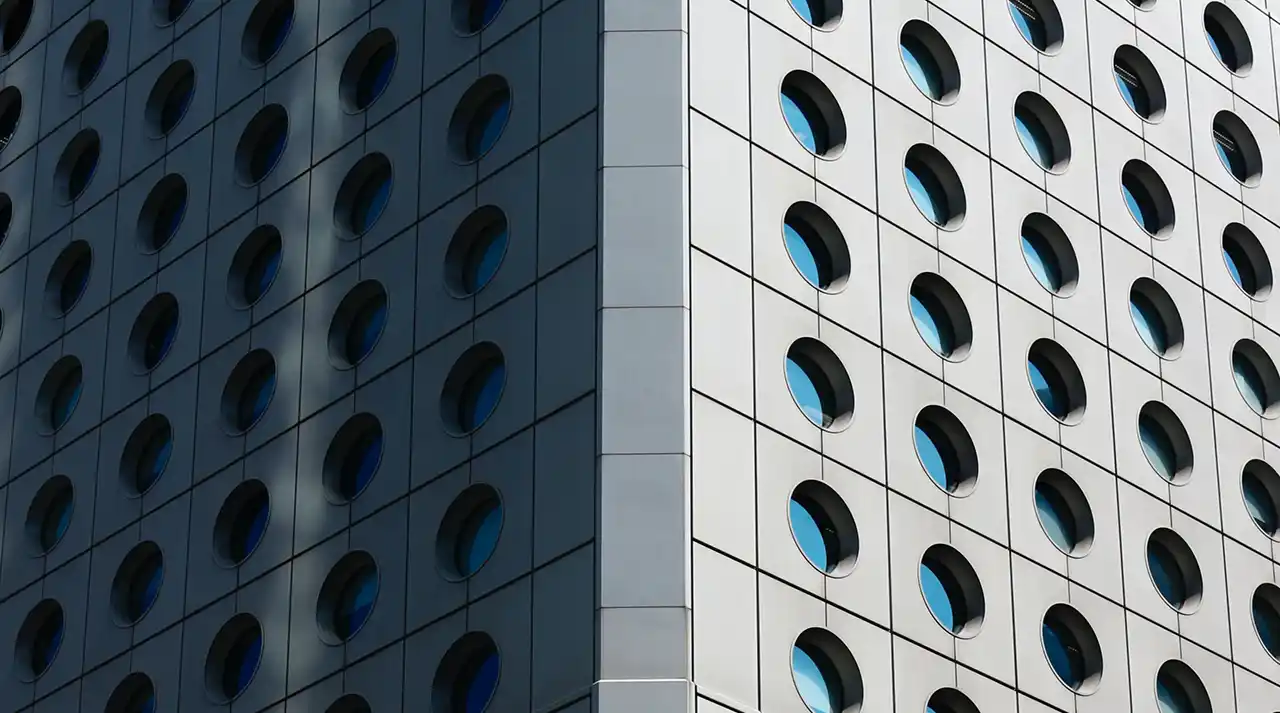The COVID pandemic and rising interest rates are proving no match for the momentum in the Australian commercial property market.
Commercial property lending in the country has in fact reached an all-time high of $314.6 billion already this year, which has been a jump of nearly 13 per cent since the middle of last year.
It’s the most annual growth we’ve seen since way back in 2009.
The statistics, from the Australian Prudential Regulation Authority, show total real estate debt in Australia grew by $35 billion in the 12 months to June, which might have slowed a touch since then while central banks around the world raise interest rates.
While the pandemic was obviously a stormy time for lending all round, Plan1 research director Richard Jenkins told Fairfax the strong pipeline of commercial developments underway and the lengthy spell of record low interest rates kept the loans coming.
He said offshore lenders were increasingly getting in on the act for Australian commercial development loans.
“Foreign banks accounted for 24.2 per cent of total commercial real estate debt, up from 20 per cent three years ago. The current share of debt held by foreign banks is now close to an all-time high,” Jenkins said.
“Debt exposure held by the foreign banks in the office, industrial, retail and tourism sectors also reached all-time highs.
“Banks are adjusting their portfolios and increasing their exposure to the industrial sector at the expense of higher risk categories such as land and residential development.”
While offshore lenders are getting a bigger piece of the lending pie, the big four local banks are losing some of theirs.
Their market share for commercial lending fell to 70 per cent during the June quarter, well below their 84 per cent peak in 2013.
Office sector loans are sitting at their highest ever level, and while high-density development and land subdivision debt did increase in the 12 months to June, exposure to the sector was less than the peaks seen in 2017.
“Banks are adjusting their portfolios and increasing their exposure to the industrial sector at the expense of higher risk categories such as land and residential development,” Mr Jenkins told Fairfax.
According to Mr Jenkins, banks are decreasing their lending activities and exposure to construction projects, forcing developers to turn to non-bank financiers.
Chief investment officer at Pallas Capital, Dan Gallen, said rising interest rates were now keeping the market tight and that an increasing number of commercial real estate borrowers were failing to meet bank lending conditions.
“In many cases, bank lending policies have resulted in banks being willing to lend only at lower loan to value ratios than, say, four months ago,” he told Fairfax media.
“This has resulted in many development projects being deferred, as developers are often not able to find the additional equity needed to make up the shortfall.”



